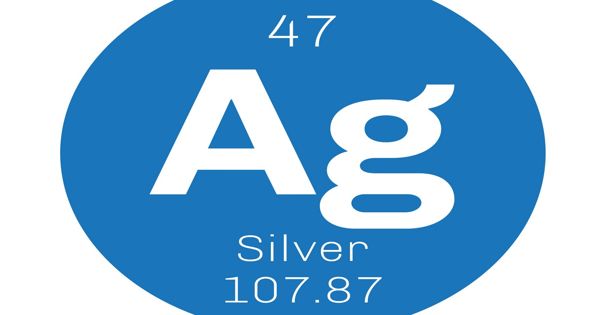Physical activity and a healthy lifestyle can help minimize the risk of cardiac rhythm abnormalities (arrhythmias) and stroke. Regular exercise strengthens the heart muscle, improves blood circulation, and aids in blood pressure regulation. A healthy, efficient heart is less likely to develop rhythm problems. Obesity, which is a significant risk factor for both arrhythmias and stroke, can be reduced by maintaining a healthy weight through food and exercise.
A research of almost 15,000 adults discovered that physical fitness is associated with a lower risk of getting atrial fibrillation and stroke. The findings will be presented at the ESC Congress 2023.
Atrial fibrillation is the most common type of heart rhythm disease, affecting about 40 million people globally. One in every three Europeans is expected to acquire atrial fibrillation during their lifetime. Patients with the disease are five times more likely to have a stroke than their counterparts. The purpose of this study was to see if fitness was connected to the chance of getting atrial fibrillation.
This was a large study with an objective measurement of fitness and more than 11 years of follow up. The data suggest that exercising can help avoid atrial fibrillation and stroke.
Dr. Shih-Hsien Sung
Between 2003 and 2012, a total of 15,450 people without atrial fibrillation were referred for a treadmill test. The average age was 55, and 59% of the participants were men. The Bruce protocol was used to test fitness, in which participants were forced to walk faster and at a steeper incline in three-minute increments. Fitness was calculated according to the rate of energy expenditure the participants achieved, which was expressed in metabolic equivalents (METs).
Participants were followed for new-onset atrial fibrillation, stroke, myocardial infarction, and death. The researchers analyzed the associations between fitness and atrial fibrillation, stroke, and major adverse cardiovascular events (MACE; a composite of stroke, myocardial infarction, and death) after adjusting for factors that could influence the relationships including age, sex, cholesterol level, kidney function, prior stroke, hypertension, and medications.

During a median of 137 months, 515 participants (3.3%) developed atrial fibrillation. Each MET increase on the treadmill test was associated with an 8% lower risk of atrial fibrillation, 12% lower risk of stroke, and 14% lower risk of MACE.
Participants were classified into three fitness categories based on the number of METs obtained during the treadmill test: low (less than 8.57 METs), medium (8.57 to 10.72 METs), and high (greater than 10.72 METs). Over a five-year period, the probability of keeping free of atrial fibrillation was 97.1%, 98.4%, and 98.4% in the low, medium, and high fitness groups, respectively.
“This was a large study with an objective measurement of fitness and more than 11 years of follow up,” said study author Dr. Shih-Hsien Sung of National Yang Ming Chiao Tung University in Taipei, Taiwan. The data suggest that exercising can help avoid atrial fibrillation and stroke.”
















